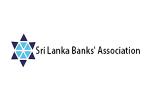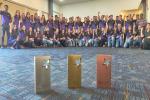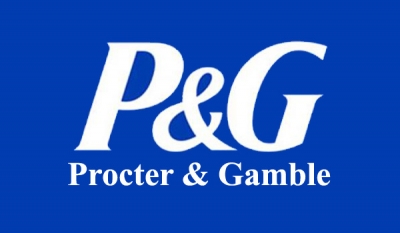The cull is the latest in what has been two years of wholesale marketing changes at the company following AG Lafley’s return for a second stint as its chief executive.
Lafley expects a leaner agency roster will bolster ongoing efforts to simplify the business, which has struggled for consistent growth in recent years.
P&G’s chief financial officer Jon Moeller revealed the plan to analysts on a conference call today (22 April).
Like rival FMCG companies, the bulk of its marketing cost-cuts are around weeding out non-media costs.
One non-media cost area that offers “significant opportunity is agency spending,” said Moeller, which includes “fees, production costs for agencies we use for advertising, media, public relations, package design and development of in-store materials.”
He added: “We plan to significantly simplify and reduce the number of agency relationships and the costs associated with the current complexity and inefficiency while upgrading agency capability to improve creative quality and communication effectiveness.”
A decision to cut agencies is perhaps not surprising given the company’s plans to sell off 100 brands, leaving it with 65.
P&G has announced 40 of those divested brands to date and Moeller said the move was on track, which would remove around 15 per cent of sales.
The cuts come as the company urgently shuttles all its marketing into the digital space.
From looking to buy the bulk (70 per cent) of its online ads in the US programmatically to building more of its media plans with an online emphasis, P&G sees digital as a way to curb costs without sacrificing quality of content.
The FMCG business pumped $9.2bn into advertising in the 12 months to June 2014, down from $9.6bn the previous year, according to its annual report.
P&G’s need to juggle better marketing with increased savings was brought into sharp focus in the last quarter.
Sales in the three months to March plummeted 8 per cent to $18.1bn, while volumes fell 2 per cent.


























